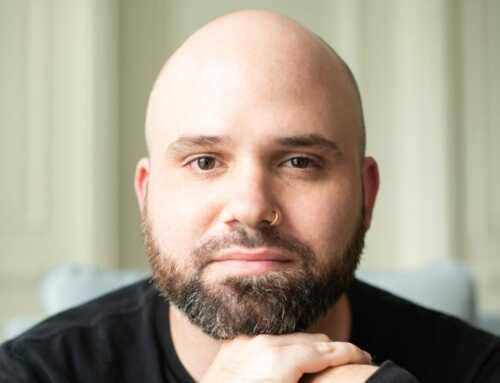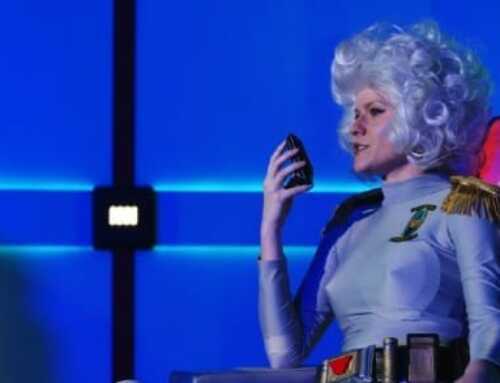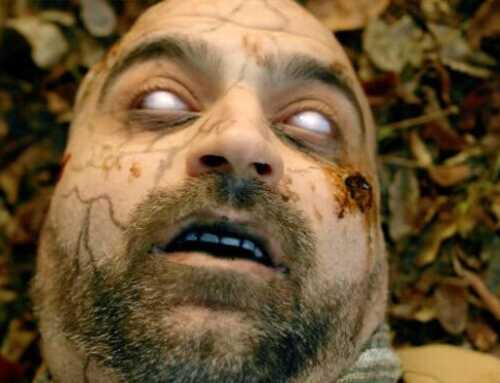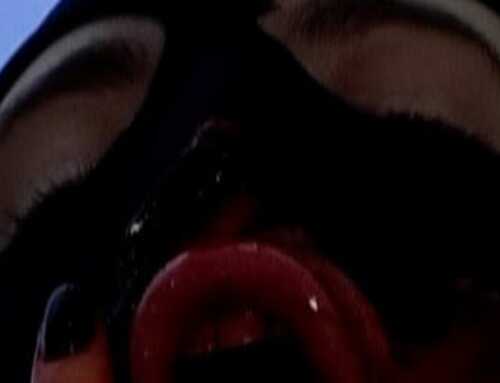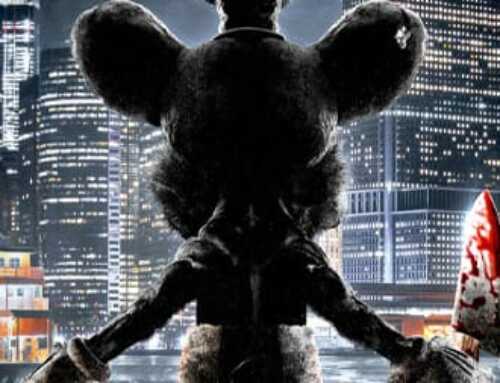B movie star Rondo Hatton (The Creeper) suffered from acromegaly, which caused abnormal facial features that made him ugly on the outside. Robert A. Burns, art director of The Texas Chainsaw Massacre and several other horror films, was normal on the outside but couldn’t find long-lasting love. He saw himself as flawed on the inside and envied Hatton, in part, because of his happy second marriage. Rondo and Bob is the story of these two men and how their lives, oddly enough, intertwine.
Written and directed by Joe O’Connell, Rondo and Bob includes new and archival footage of people who worked with Hatton and Burns. The doc features several names familiar to horror fans. They include Joe Bob Briggs, Stuart Gordon, Dee Wallace, various cast members of the Texas Chainsaw Massacre, among others. These tidbits and interviews are compelling, specifically, commentary on Burns’ art direction, not only on Chainsaw, but also The Howling, The Hills Have Eyes, and Re-Animator. Yet, for all the film analysis within this movie, there’s a human story at the center. Burns was obsessed with Hatton, to the point he used to carry around stills and other memorabilia. He seemed to envy the fact that the bit-playing monster actor eventually found love.
Likewise, the story of Hatton’s life is just as fascinating. A star football player in high school, Hatton was strikingly handsome. His deformities started after he returned from WWI, and he was eventually diagnosed with acromegaly. He worked as a journalist before landing numerous gigs in B movies to make quick money. Those who knew Hatton stressed that despite his physical grotesqueness, he was a normal and nice guy.
Meanwhile, the film at times asserts that there was something slightly off about Burns, that he had an emotional detachment from everything. For example, as a kid, he saw someone bleed all over the road after getting struck by a car. He didn’t seem emotionally bothered by it one bit. While one man may have been unsightly on the outside, the other was imperfect on the inside, or at least that’s how he thought about himself. It’s an interesting premise and contrast between these two men that grounds the movie.
If I can find any major fault with Rondo and Bob, it’s the reenactments. These scenes often feel jarring and contain clunky acting. I understand the point of trying to, in part, tell the story of Chainsaw’s origins, but the way it’s done doesn’t serve the film well. It’s too uneven in tone. The interviews and assessment of both Burns and Hatton’s legacies are far, far more interesting.
When it comes down to it, Rondo and Bob is a movie about what it means to be monstrous. Both Burns and Hatton had their own flaws, but they were intellectual and creative geniuses. It’s also a movie that addresses the legacies of these men and their indelible contributions to the genre. Beyond the horror, however, there’s an intriguing story about two men, told best not by reenactments but by those who worked with them, were influenced by them, or knew them on the personal level.
7.5 Out of 10 Chainsaws
| Rondo and Bob | ||
| RATING: | NR |
|
| Runtime: | 1 hr. 41 mins. | |
| Directed By: | ||
| Written By: | ||


